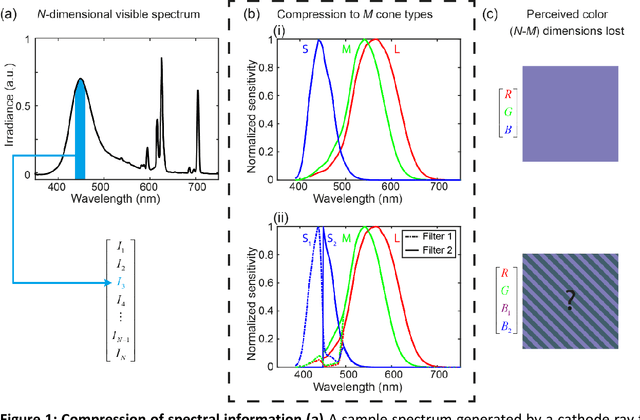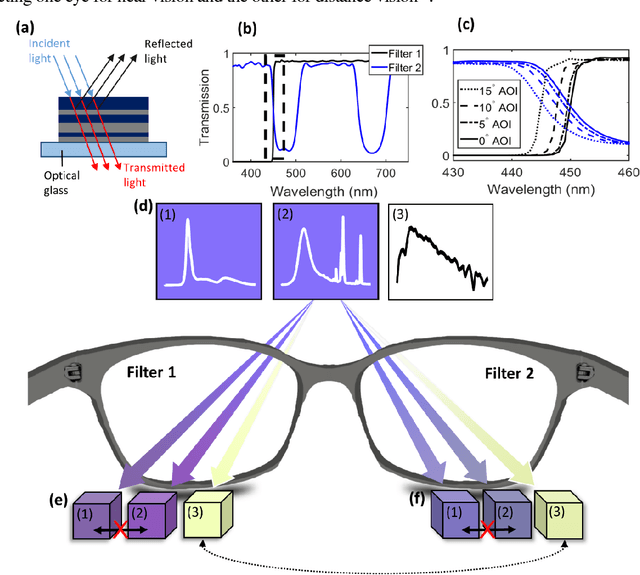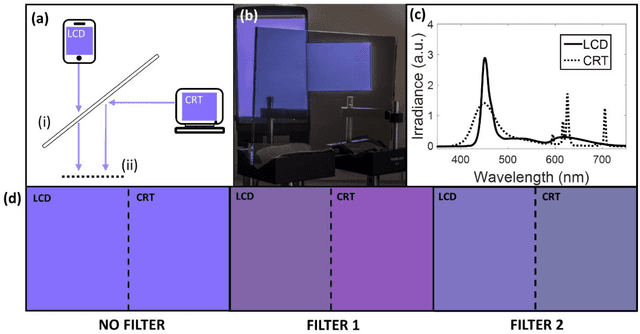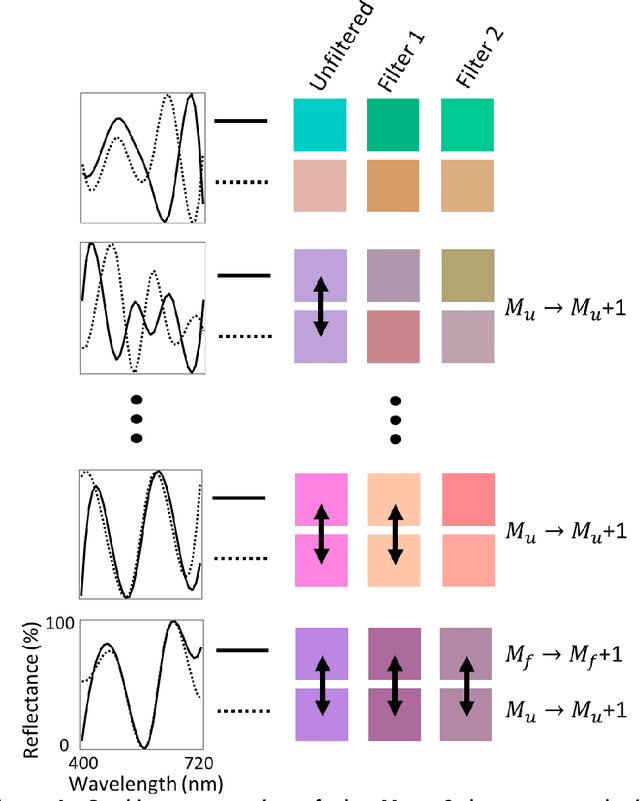Michel Frising
Tackling Multimodal Device Distributions in Inverse Photonic Design using Invertible Neural Networks
Aug 29, 2022


Abstract:Inverse design, the process of matching a device or process parameters to exhibit a desired performance, is applied in many disciplines ranging from material design over chemical processes and to engineering. Machine learning has emerged as a promising approach to overcome current limitations imposed by the dimensionality of the parameter space and multimodal parameter distributions. Most traditional optimization routines assume an invertible one-to-one mapping between the design parameters and the target performance. However, comparable or even identical performance may be realized by different designs, yielding a multimodal distribution of possible solutions to the inverse design problem which confuses the optimization algorithm. Here, we show how a generative modeling approach based on invertible neural networks can provide the full distribution of possible solutions to the inverse design problem and resolve the ambiguity of nanodevice inverse design problems featuring multimodal distributions. We implement a Conditional Invertible Neural Network (cINN) and apply it to a proof-of-principle nanophotonic problem, consisting in tailoring the transmission spectrum of a metallic film milled by subwavelength indentations. We compare our approach with the commonly used conditional Variational Autoencoder (cVAE) framework and show the superior flexibility and accuracy of the proposed cINNs when dealing with multimodal device distributions. Our work shows that invertible neural networks provide a valuable and versatile toolkit for advancing inverse design in nanoscience and nanotechnology.
Enhancing human color vision by breaking binocular redundancy
Jun 11, 2018



Abstract:To see color, the human visual system combines the response of three types of cone cells in the retina--a compressive process that discards a significant amount of spectral information. Here, we present an approach to enhance human color vision by breaking its inherent binocular redundancy, providing different spectral content to each eye. We fabricated a set of optical filters that "splits" the response of the short-wavelength cone between the two eyes in individuals with typical trichromatic vision, simulating the presence of approximately four distinct cone types ("tetrachromacy"). Such an increase in the number of effective cone types can reduce the prevalence of metamers--pairs of distinct spectra that resolve to the same tristimulus values. This technique may result in an enhancement of spectral perception, with applications ranging from camouflage detection and anti-counterfeiting to new types of artwork and data visualization.
 Add to Chrome
Add to Chrome Add to Firefox
Add to Firefox Add to Edge
Add to Edge